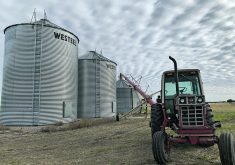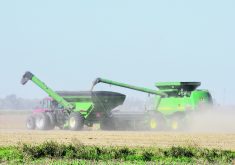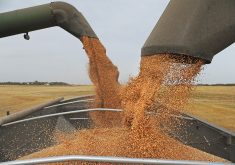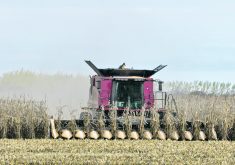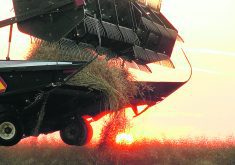Grain farmers in Saskatchewan had approximately seven percent of this year’s crop in the ground as of May 4, according to Saskatchewan Agriculture’s first weekly crop report for 2020, which was released earlier today.
That’s slightly behind last year’s pace, when growers had 13 percent of the crop seeded as of May 6.
Across the province, about 11 percent of this year’s field pea acres had been seeded as of May 4, as well as 10 percent of provincial chickpeas acres, 10 percent of durum, nine percent of lentils, nine percent of oats, seven percent of barley, five percent of mustard acres, four percent of spring wheat acres and two percent of the province’s canola crop.
Read Also
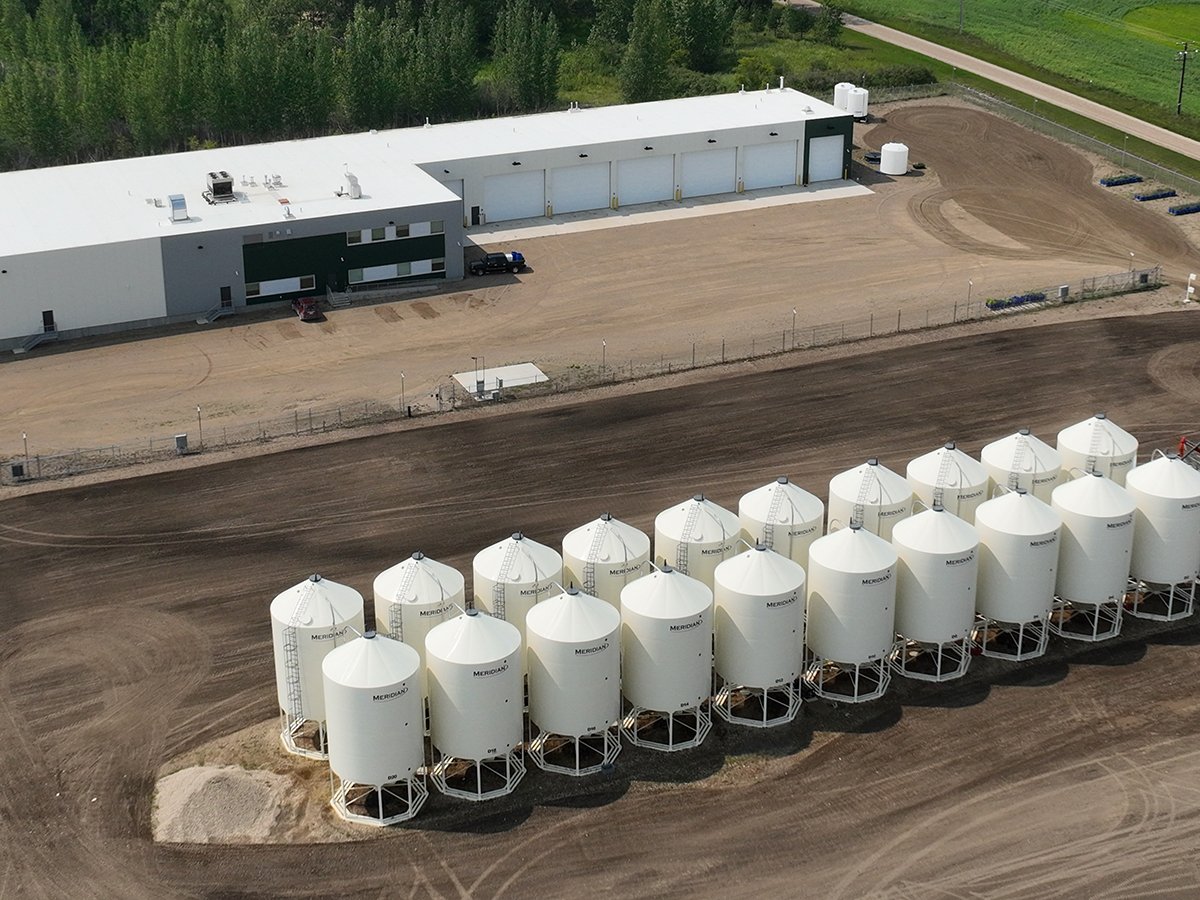
Saskatchewan firm aims to fix soil with compost pellets
In his business, Humaterra, Leon Pratchler is helping farmers maximize yields in the weakest areas of their fields through the use of a compost pellet.
An estimated seven percent of the province’s cropland has excess topsoil moisture, compared to adequate topsoil moisture on 81 percent of cropland. Topsoil moisture was reported as short or very short on another 12 percent of cropland, with the majority of dryness in the province’s west-central, east-central and southwestern areas, said provincial crop specialist Sara Tetland.
As expected, seeding progress is furthest advanced in the province’s southern regions.
In the southeast, an estimated 10 percent of this year’s crop had already been sown as of May 4, compared with nine percent in the southwest, seven percent in the west-central region, two percent in the east-central and northwestern regions and one percent in the province’s northeast.
Provincially, the five-year average for seeding progress at this time of year is nine percent, the report said.
Provincial crops reports distributed by Saskatchewan Agriculture are produced every week during the growing season and are released every Thursday.
Data and information contained in the report are based on weekly surveys that are sent to a network of nearly 200 volunteer crops reporters located throughout the province.
The full report can be viewed online here along with maps that show weekly and cumulative rainfall totals, topsoil moisture
conditions for cropland and pastures, and minimum and maximum daily temperatures.
According to the report, all regions of the province saw minimum temperatures of freezing or below freezing for the seven-day period ending May 4.
Daytime highs recorded during the same seven-day period exceeded 22 C across most of the province.
Tetland described seeding progress to date as typical, although slightly delayed in some parts of the province due to a slightly later than normal snow melt, wet fields, and cool soil temperatures.
“It (seeding progress) is a little bit below the five-year average for this time of year,” Tetland said.
“A lot of farmers have been able to get out into the field but a lot of fields are still wet….
“Once things dry up and if the weather stays warm, I think a lot more farmers are going to be able to get out.”
In Manitoba, seeding progress as of May 5 was also a bit behind normal, according to Manitoba Agriculture’s first weekly crop report, issued earlier this week.
The Manitoba report said many farmers were still focused on cleaning up unharvested acres from last year, particularly in the province’s southwestern region.
“A piecemeal approach to seeding has begun in all regions, with fields assessed on a case-by-case basis being dry enough to support farm machinery,” the Manitoba report said.
“Field peas and spring wheat are the first crops to be sown
across all regions, followed by some corn acres in the Red River Valley.”
“Despite lower than normal overwinter precipitation and normal to below-normal spring runoff, soils remain wet to saturated, inhibiting machinery movement and restricting seeding opportunities.”
Manitoba livestock producers were beginning to move cattle onto pasture ahead of the busy seeding season, but many herds remain in yards, the report said.
Contact brian.cross@producer.com





